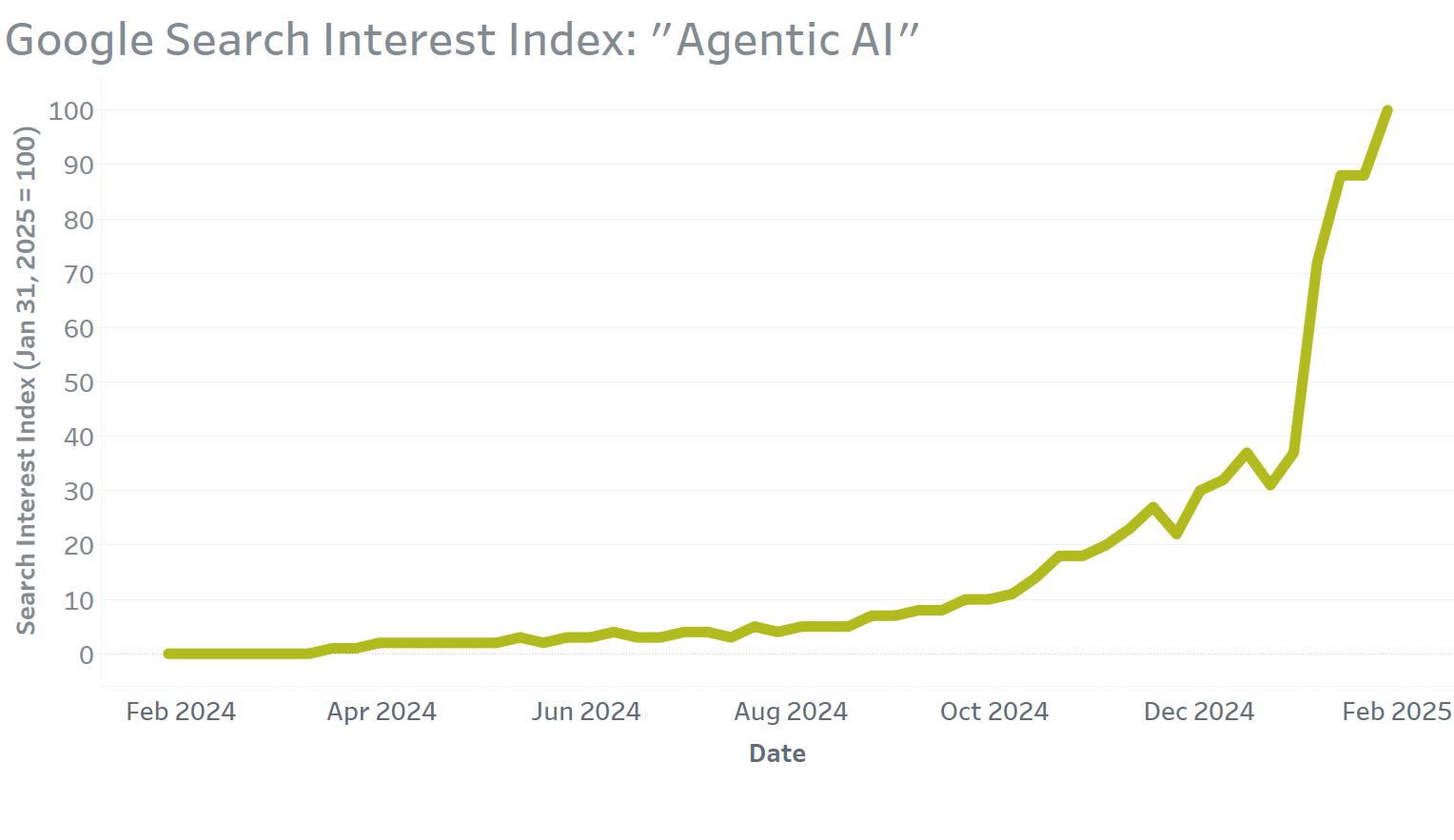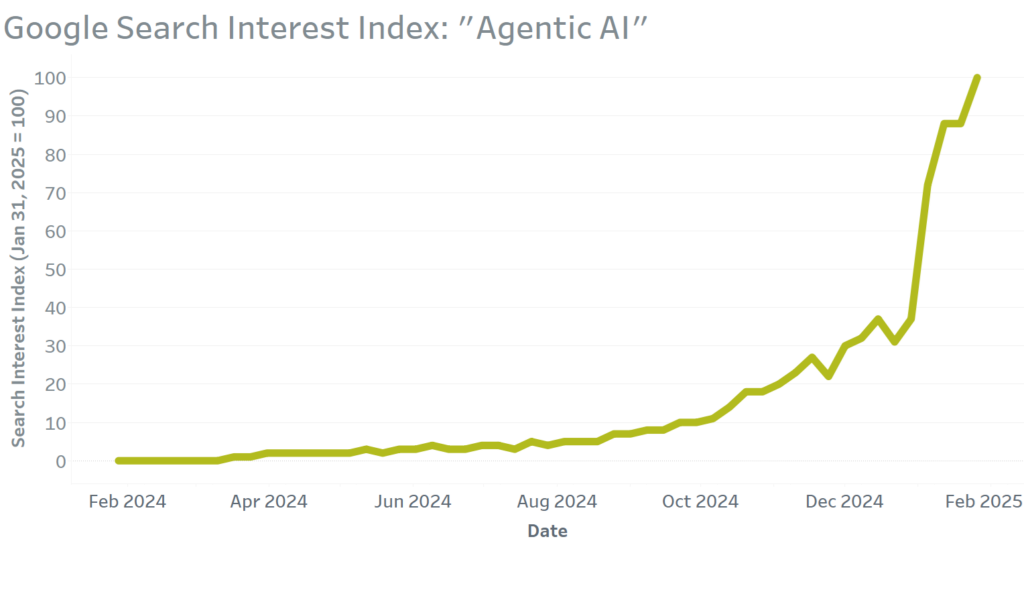Comparing Analytical, Generative and Agentic AI


First Analytics Chairman Tom Davenport wrote in December 2024 a Harvard Business Review article, How Gen AI and Analytical AI Differ — and When to Use Each. But given publishing timelines, Agentic AI wasn’t included in that article.
So the question is, how do these (now three) adaptations of AI compare, and how do they differ?
To get a summarization, we asked a combination of large language models (LLMs) to classify and describe the attributes of each of the three AI technologies. We gave the LLMs Tom’s article as the main source for summarizing the attributes. Then we asked them to add the attribute descriptions for Agentic AI based on the most recent information they could find (January 2024).
We share the attribute summary with you in the table below.
If you are exploring working with vendors and consultants, and need to be a more informed evaluator of AI capabilities and claims, we suggest you read Vetting Vendor AI Claims).
| Attribute | Analytical AI | Generative AI | Agentic AI |
|---|---|---|---|
| Primary Function | Analyze and predict | Create and generate | Execute tasks and make decisions autonomously |
| Key Capabilities | Pattern recognition, classification, regression | Text, image, and audio generation | Reasoning, planning, and autonomous action |
| Output | Insights, predictions, recommendations | New content (text, images, audio) | Completed tasks, executed actions, solved problems |
| Data Type | Structured data | Unstructured data | Both structured and unstructured data |
| Real-time Capabilities | Can handle real-time data streams and analysis | May have latency due to generation complexity | Must process and respond in real-time for effective agency |
| Industries | Finance, healthcare, manufacturing | Marketing, entertainment, design | Across multiple sectors, including IT, customer service, finance, healthcare |
| Use Cases | Predictive analytics, fraud detection, risk assessment | Content creation, language translation, design | Task automation, process optimization, autonomous decision-making |
| Future Potential | Improved accuracy and efficiency in analysis | Enhanced creativity and content generation | Transformation of work processes and human-AI collaboration |
| Human Interaction | Requires human interpretation and decision-making | Requires human prompts and guidance | Operates with minimal human supervision |
| Interpretability/Explainability | Often includes clear statistical measures and confidence scores | Black box nature makes explanations challenging | May need to explain reasoning behind autonomous decisions |
| Ethical Considerations | Bias in data and algorithms | Copyright and authenticity issues | Accountability for autonomous decisions |
| Error Handling | Statistical confidence levels, error margins | May produce hallucinations or inconsistent outputs | Requires robust fallback mechanisms and safety protocols |
| Learning Approach | Supervised and unsupervised learning | Primarily unsupervised learning | Reinforcement learning, multi-agent systems |
| Integration Complexity | Well-established integration patterns | Requires careful prompt engineering and output handling | Complex integration needs due to autonomous nature |
| Resource Requirements | Moderate, scales with data volume | High, especially for large language models | Very high, due to complex decision-making processes |